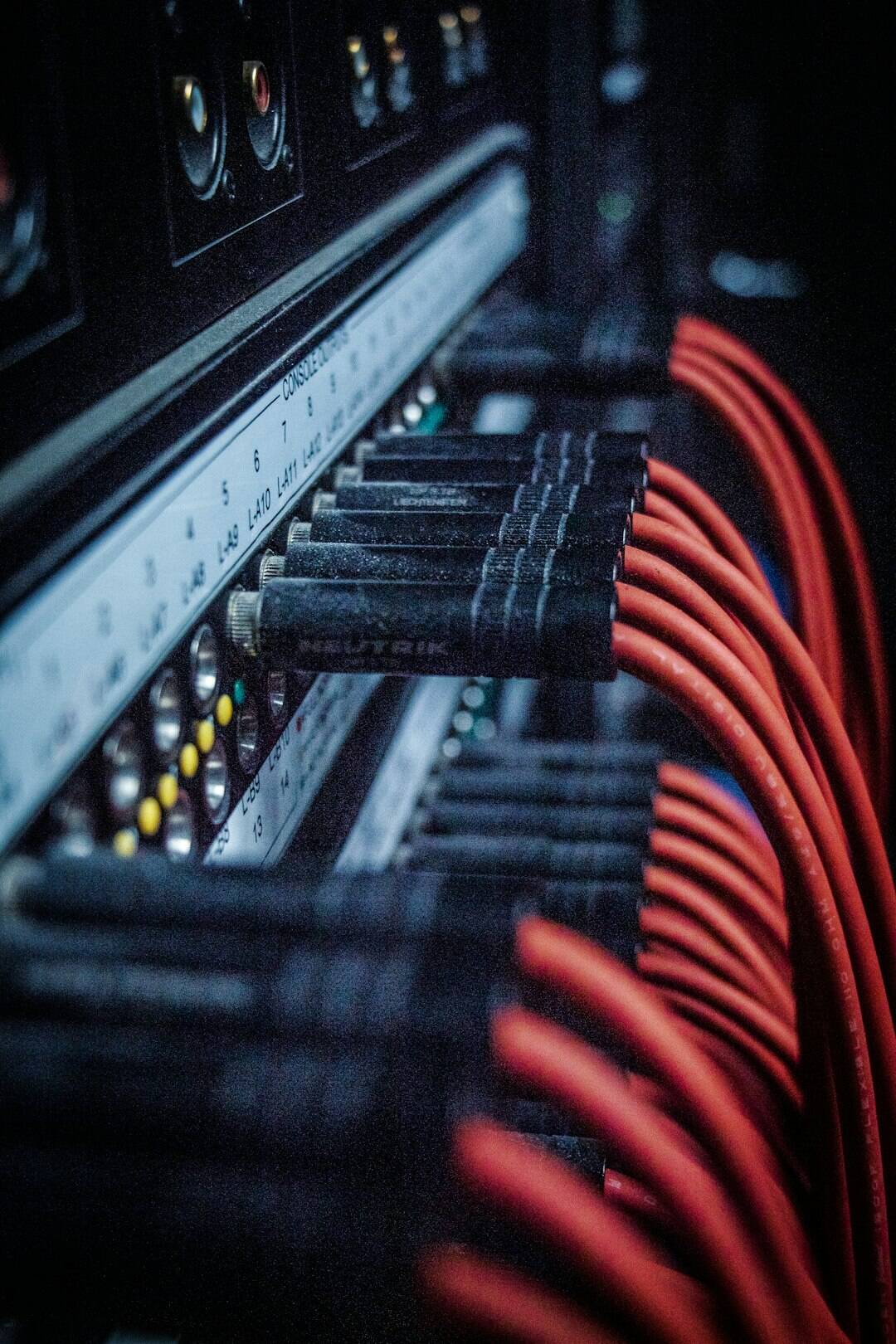As cyber threats evolve in complexity, organizations are increasingly relying on advanced security tools like Managed Endpoint Detection and Response (EDR) and Security Information and Event Management (SIEM) solutions to protect their digital assets. Integrating managed EDR with SIEM platforms offers enhanced visibility, improved threat detection, and efficient incident response. However, the success of such integrations depends on careful planning and execution. This article outlines the key factors that must be considered to ensure a seamless and effective integration.
1. Data Compatibility and Normalization
The first and most crucial challenge in integration is ensuring that the data from the EDR platform is compatible with the SIEM system. Each solution may use different data formats and taxonomies. Without normalization and proper parsing, correlating events becomes a difficult or even impossible task.
- Normalization: Ensure that EDR alerts and logs are transformed into a format understandable by the SIEM.
- Event Mapping: Map key events from the EDR system to corresponding SIEM categories to enable coherent analysis.
Most SIEM solutions offer parsing engines and mapping tools to help with this process, but manual fine-tuning is often necessary.
2. Integration Architecture and Scalability
Depending on the size of the network and data flows, the integration architecture can significantly impact performance. Organizations need to consider:
- Scalability: Can the SIEM handle the data volume generated by the EDR?
- Data Ingestion Rates: Evaluate the rate at which the SIEM ingests data to prevent bottlenecks.
- Cloud vs. On-Prem Deployment: Ensure compatibility across cloud-native, hybrid, or on-premise environments.

Failing to account for scalability may result in data loss or slowed detection capabilities—both of which are unacceptable in high-stakes cybersecurity environments.
3. Automation and Orchestration Capabilities
One of the main benefits of SIEM-EDR integration is the ability to automate and orchestrate threat response. Mature integrations allow security teams to move from detection to response with minimal manual intervention.
- Playbook Automation: Use SIEM-integrated playbooks to automate responses based on inputs from EDR alerts.
- SOAR Integration: Leverage Security Orchestration, Automation, and Response (SOAR) platforms to streamline workflows.
- Real-time Alerts: Ensure that the system generates actionable alerts with contextual information for efficient triage.
Security teams should evaluate whether custom scripts or APIs are needed to unlock the full potential of automation between the EDR and SIEM systems.
4. Visibility and Threat Contextualization
While both EDR and SIEM provide visibility into network activities, their integration should enhance contextual understanding of threats. The EDR offers endpoint-level insights, which when combined with network-wide data from the SIEM, results in richer threat narratives.
- Endpoint Context: Include process behaviors, user activities, and file modifications.
- Cross-Platform Correlation: Identify patterns spanning endpoints, networks, and user behavior analytics (UBA).
This broader context allows for more accurate threat scoring and prioritization, improving the efficiency of security operations.

5. Compliance and Data Privacy Considerations
Security integration must also comply with industry regulations and data privacy laws. Organizations working in regulated sectors such as healthcare, finance, or government must ensure that:
- Data Retention Policies: Align with regulatory requirements for how long log and event data must be stored.
- Access Controls: Restrict who can view sensitive data within both the EDR and the SIEM platforms.
- Data Residency: Ensure data is stored in acceptable geographic locations, conforming to GDPR, HIPAA, or other applicable standards.
Failure to consider these parameters could expose the organization to costly compliance violations.
6. Vendor Support and Ecosystem Compatibility
Not all EDR and SIEM vendors offer the same level of compatibility or integration support. Organizations should carefully evaluate:
- Pre-built Connectors: Look for out-of-the-box integrations provided by vendors to reduce deployment time.
- API Availability: Ensure that robust APIs are available to support deep interoperability and future customization.
- Technical Support: Choose vendors with responsive support teams and comprehensive documentation.
Working with vendors that maintain partnerships and established integration pathways can simplify deployment and ongoing maintenance.
Conclusion
Integrating managed EDR with SIEM solutions is not a plug-and-play process—it demands careful attention to factors such as data compatibility, scalability, automation capabilities, visibility, compliance, and vendor ecosystem support. While the integration process may be complex, the resulting improvements in threat detection and response capabilities make it a worthwhile investment for enterprises striving to stay ahead of evolving cyber threats.





